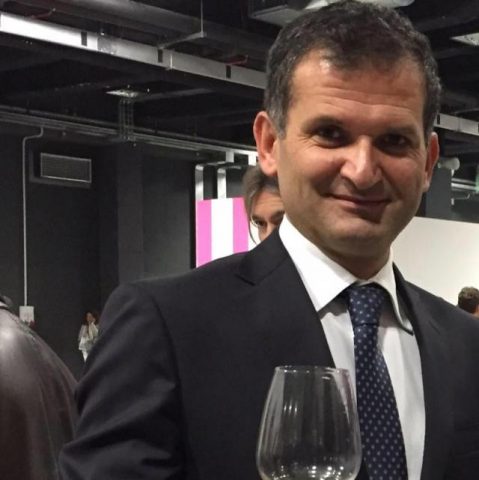Montesodi, a class Sangiovese
Taking part in a guided vertical tasting has its pros and cons, depending on who the guide is. When the guide is the wine’s producer it becomes more interesting because there is always something to learn. And when the estate wines and vintages are presented by someone like Lamberto Frescobaldi, then the tasting is not only more interesting but also fun, thanks to the verve, irony and expertise of the ‘divine Marquis’.
Without taking himself too seriously and, above all, without being snobbish about his family’s over 1,000-year history, Lambert recalls off-the-cuff how, around the year 1000, the Frescobaldi family came to Florence from Val di Pesa, where their Tenuta di Castiglioni estate still exists, and how the destiny of the family intermingled with that of the city. He also remembers how the marriage between Angiolo Frescobaldi and Leonia degli Albizi led to the Nipozzano and Pomino estates (in the 19
The Nipozzano is estate is where the cru Montesodi is produced, a wine initially labeled Chianti Rufina – with great importance given to the ‘Sangioveto’– then later Riserva while it was only in 2011 that it was separated from the name of the appellation (which was not making headway abroad) and classified as a Toscana IGT with the emphasis on the internationally renowned brand name.
The vineyard is situated at an altitude of 400m above sea level which for Rufina, already considered a cold area, is high. However, it also has a southwest exposure which means it enjoys long hours of sunshine. The clay and chalk soil is pebbly, rich in alberese limestone and well-drained. The climate is cool and breezy which allows the elegance of Sangiovese to dominated over its boldness without losing any of its propensity to age.
The first vintage produced was 1974 and this is where the vertical tasting in question began before leaping ahead 11 year to 1985, the second vintage offered, to then include 1990 and 1993 to represent that decade followed by four vintages from the current one: 2000, 2004, 2006 and 2010, while 2012 was offered at the buffet that followed the tasting.
“For us tradition means enhancing history,” Lamberto Frescobaldi explained. Each era had its own style, with a certain influence of international tastes evident in the central years with a decisive return to the roots with the latter vintages.

 Italiano
Italiano

















